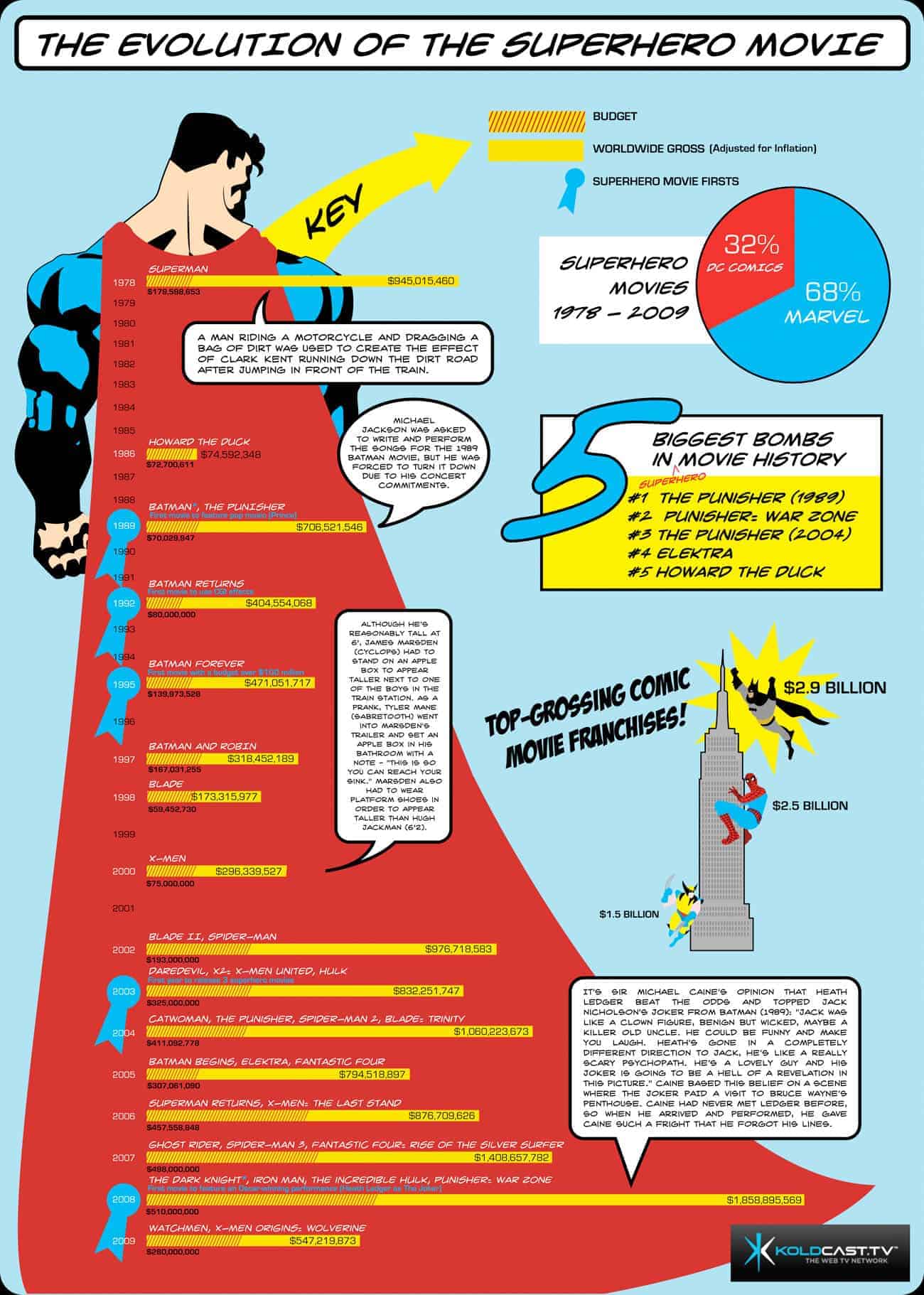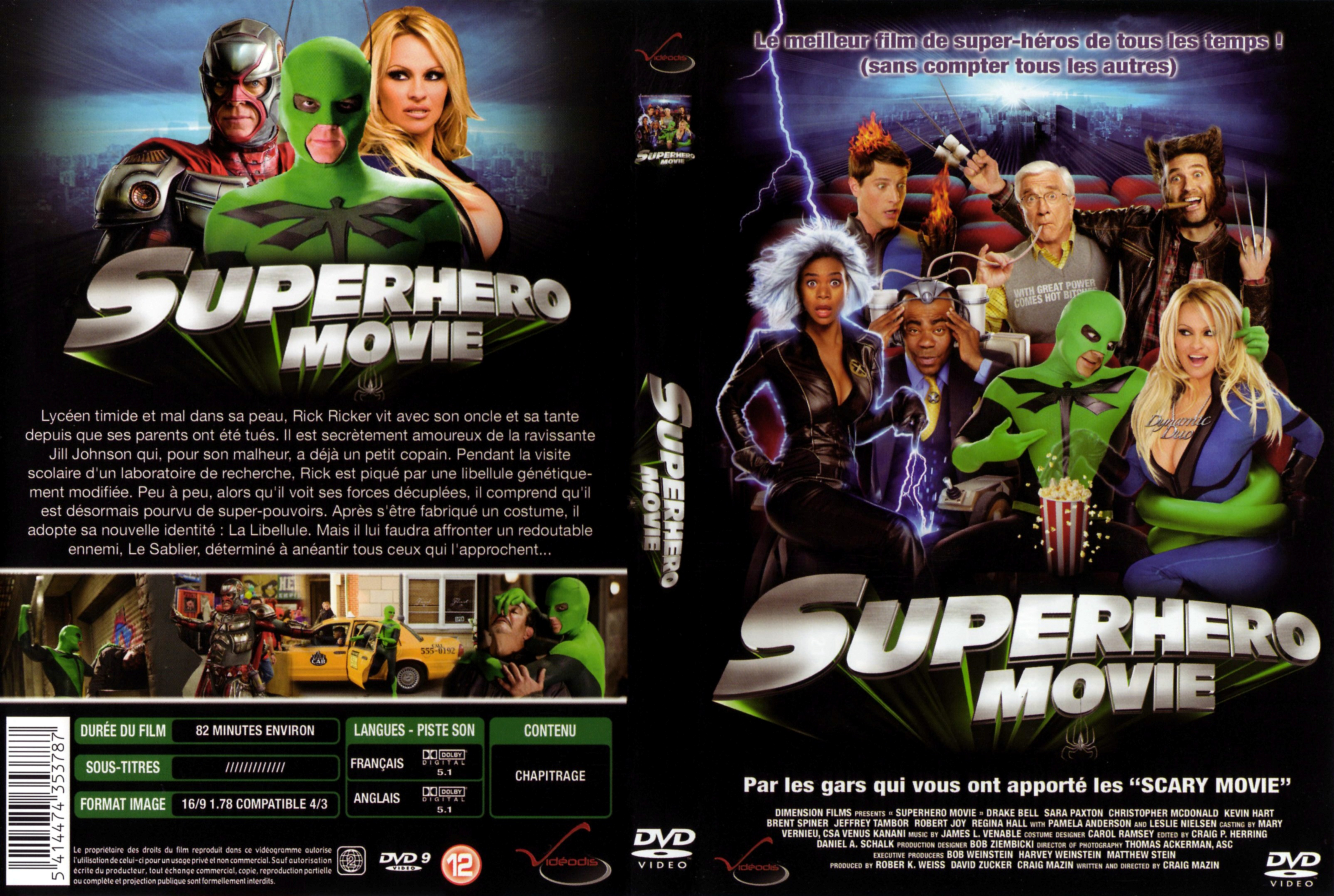
The result is the sort of spectacle black moviegoers rarely get to see in popular mainstream culture. The care and intricacy of the film’s styling carried a heavy price tag, with Marvel committing more money to Black Panther than its previous few films in order to achieve a visual splendor that’s as exciting to the culture as it is to the eye. The film is a crucial stamp of validation for black people hungry for the opportunity to celebrate everything from Afrofuturism to the natural hair movement that’s often been derided in mainstream spaces. As the film’s head costume designer, Ruth Carter, shared with NPR, the costumes, like Wakanda itself, needed to evoke a place and people that had “never been colonized, one that looked toward the future but was based on a real past.”Ĭarter and her team drew on Kenyan, Namibian, and South African reference points to complete the film’s array of looks, reflecting not only the tribal diversity that exists within Wakanda but the diversity of black culture and identity as well. Like the film’s hair, Black Panther’s costuming was an opportunity to infuse meaning and pride into the movie. “The hair helps communicate that.” Okoye (Danai Gurira), Nakia (Lupita Nyong'o), and Ayo (Florence Kasumba) in Black Panther. In an interview with the New York Times, Camille Friend, who oversaw the various hair designs of what she calls “a totally Afrocentric, natural hair movie,” said the entire production was considered against a backdrop of a bigger black cultural moment: “We’re in a moment when people are feeling empowered about being black,” she says. It’s not just Wakanda’s skyline that makes an impact, though the film drew on a team of designers and stylists to showcase a very specific, beautiful black aesthetic. As a testament to black empowerment, Black Panther is an important artifact, but it’s also, quite simply, a big draw for black moviegoers starved for this sort of vision. But nothing has been quite as audacious and poignant as Wakanda, a vision of Africa that feels indebted to both Jack Kirby and Octavia Butler, home to a thriving black population that represents our collective ingenuity and beauty. Marvel movies often take place in grand, imaginative locales, like Thor’s Asgard or Guardians of the Galaxy’s far-flung planets. It’s a portrayal that has left little room for other interpretations, which is why Black Panther’s vision of Wakanda as a bustling metropolis of vibranium-powered futuristic skyscrapers, racing trains, and soaring spaceships feels so refreshing.

Africa has traditionally been an unsophisticated bit player in American media, often portrayed as backward, savage, and chaotic in everything from news coverage to films. Black Panther celebrates black culture on several frontsīlack Panther is in many ways a love letter to black culture. In Wakanda, which offers much to marvel at for audiences of all backgrounds, black viewers in particular have found a cultural oasis that feels like nothing we’ve seen before. It acknowledges and celebrates everything from traditional African society to African-American political debates, from the power and beauty of black women to the preservation of identity, all within the lush confines of the fictional African nation of Wakanda.Īll told, Black Panther’s greatest legacy may not be what it’s done for Marvel, Hollywood, or box office records, but what it’s done for the culture.

With an all-star collection of majority black talent both in front of and behind the camera, Black Panther, under the direction of Ryan Coogler ( Fruitvale Station, Creed), is about more than the latest superhero’s journey it’s also about black culture’s journey, and it points toward a future where it could be the culture.

There are no signs of the excitement abating, either, as the conversation about the film has evolved from discussions about the importance of representation into something grander: a rather groundbreaking celebration of black culture. Marvel’s Black Panther is a cultural phenomenon, a historic box office success that’s brought in rave reviews and sparked conversation all over social media and traditional media alike.


 0 kommentar(er)
0 kommentar(er)
